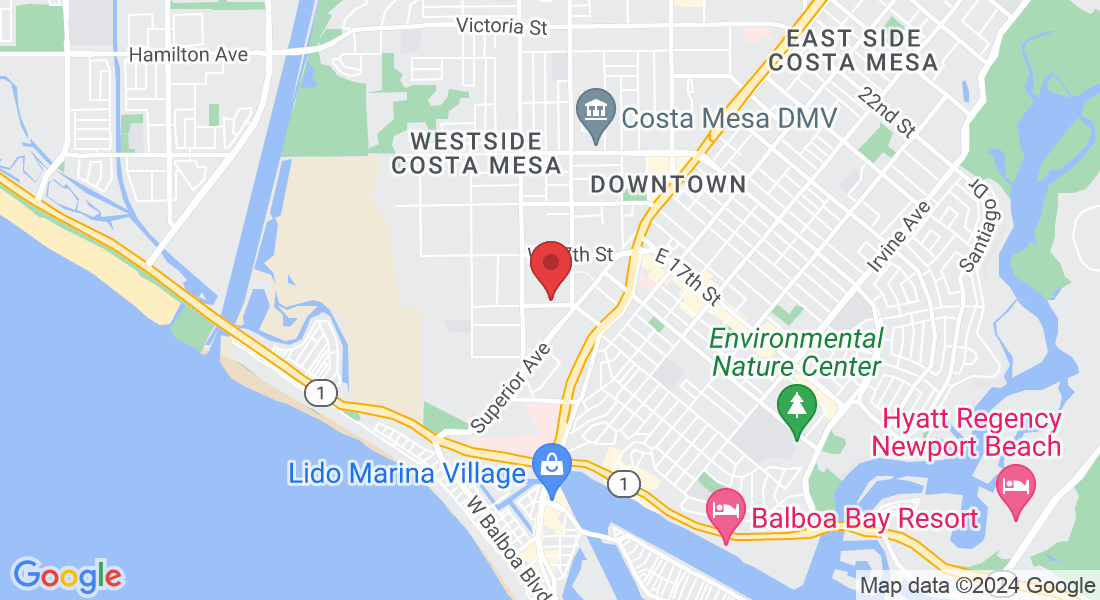USE PROMO CODE 'FIRST' FOR $10 OFF
YOUR FIRST SESSION
FAQ
Frequently Asked Questions
Cold Plunge
What is a cold plunge?
A cold plunge is a form of hydrotherapy where individuals immerse themselves in cold water for a short period, typically for a few minutes.
What are the benefits of cold plunges?
Cold plunges can provide various benefits including improved circulation, reduced inflammation, enhanced muscle recovery, increased alertness, stress reduction, and potential immune system support.
How long should I stay in a cold plunge?
The ideal duration can vary, but starting with 1-3 minutes is typical for beginners. Working your way up to 11 minutes per week. Listen to your body and gradually increase the time as you become accustomed to the cold.
How often should I do cold plunges?
It depends on individual goals and tolerance levels, but 2-4 times per week is a common recommendation. Some athletes or individuals recovering from intense workouts might do it more frequently.
Are cold plunges safe?
When done correctly, cold plunges are generally safe for most people. However, individuals with certain medical conditions should consult a healthcare professional before attempting cold plunges.
Can cold plunges help with muscle recovery?
Yes, cold plunges can aid in muscle recovery by reducing inflammation, decreasing muscle soreness, and promoting blood flow to the muscles.
Can cold plunges improve athletic performance?
Cold plunges enhance athletic performance by reducing fatigue, improving recovery between workouts, and increasing mental alertness.
What temperature should the water be for a cold plunge?
Cold plunge temperatures typically range from 50 to 59 degrees Fahrenheit, but some prefer slightly colder temperatures.
Can cold plunges help with stress relief?
Yes, cold plunges can help relieve stress by triggering the release of endorphins and promoting relaxation through the body's response to cold exposure.
Are there any medical conditions that could be exacerbated by
cold plunges?
Individuals with heart conditions, uncontrolled high blood pressure, or respiratory issues should consult a doctor before attempting cold plunges.
Red Light Therapy
How does red light therapy work?
Red light therapy works by exposing the skin to low levels of red or near-infrared light, which are absorbed by the mitochondria in cells. This absorption stimulates cellular energy production, leading to various therapeutic effects such as reduced inflammation, enhanced tissue repair, and increased collagen production.
What are the benefits of red light therapy?
The benefits of red light therapy include improved skin health, accelerated wound healing, reduced pain and inflammation, enhanced muscle recovery, increased hair growth, and potential mood enhancement and sleep improvement.
Is red light therapy safe?
Yes, red light therapy is generally considered safe when used as directed. It is non-invasive and does not produce significant heat, making it suitable for most people. However, it's essential to follow manufacturer guidelines and consult with a healthcare professional if you have any concerns or underlying medical conditions.
How long does a red light therapy session last?
Red light therapy sessions typically last between 1-10 minutes, depending on the specific treatment protocol and the area being treated.
How often should I undergo red light therapy sessions?
The frequency of red light therapy sessions can vary depending on the individual's goals and the specific condition being treated. In general, it's common to undergo treatments 3-5 times per week initially, with
maintenance sessions scheduled less frequently once desired results are achieved. Start with 2-3 min per session and increase gradually after 2-4 weeks.
What areas of the body can be treated with red light therapy?
Red light therapy can be applied to various areas of the body, including the face, neck, chest, back, joints, and scalp. It can target specific areas of concern or be used for overall skin and tissue health.
Can red light therapy be used in combination with other treatments?
Yes, red light therapy can often be used in conjunction with other treatments, such as skincare products, physical therapy, or chiropractic care, to enhance overall results.
Are there any side effects or risks associated with red light therapy?
Red light therapy is generally well-tolerated, with few reported side effects. However, some individuals may experience mild redness, irritation, or temporary discomfort, which typically resolves quickly. It's
essential to follow safety guidelines and avoid overexposure to light.
How soon can I expect to see results from red light therapy?
Results from red light therapy can vary depending on the individual and the specific condition being treated. Some people may notice improvements after just a few sessions, while others may require more
time to see significant changes. Consistency and adherence to the treatment protocol are key factors in achieving optimal results.
Is red light therapy suitable for everyone, including pregnant
women and individuals with certain medical conditions?
While red light therapy is generally considered safe for most people, it's essential to consult with a healthcare professional before starting treatment, especially if you are pregnant, have a history of skin cancer,
epilepsy, or any other medical condition. Pregnant women should avoid exposing their abdomen to red light therapy.
Infrared Sauna
How does an infrared sauna differ from a traditional sauna?
An infrared sauna uses infrared heaters to emit radiant heat, which is absorbed directly by the body, whereas a traditional sauna heats the air in the chamber, indirectly warming the body.
What are the health benefits of using an infrared sauna?
Health benefits may include detoxification, relaxation, improved circulation, pain relief, weight loss, skin health, improved sleep, immune system support, muscle recovery, and stress reduction.
How long should I stay in an infrared sauna?
The duration of an infrared sauna session typically ranges from 20 to 45 minutes, depending on individual tolerance and comfort level. Beginners may start with shorter sessions and gradually increase the time as they become accustomed to the heat.
How often should I use an infrared sauna?
The frequency of sauna use depends on individual health goals and tolerance levels. Many people benefit from using an infrared sauna a total of 60 minutes divided into 2-4 times per week, while others may
use it more or less frequently based on their needs.
Are there any risks associated with using an infrared sauna?
While generally considered safe for most people, certain individuals, such as those with cardiovascular conditions, pregnancy, or certain medical conditions, should consult with a healthcare professional before
using an infrared sauna. Dehydration and overheating are potential risks if not used properly.
Can I use an infrared sauna if I have sensitive skin?
Individuals with sensitive skin may still be able to use an infrared sauna, but they should take precautions, such as starting with shorter sessions, keeping well-hydrated, and avoiding excessive heat exposure.
Can children use an infrared sauna?
It's generally not recommended for children to use an infrared sauna without supervision and guidance from a healthcare professional, as their bodies may have difficulty regulating temperature and heat
tolerance.
Can I use an infrared sauna if I'm pregnant?
Pregnant women should consult with their healthcare provider before using an infrared sauna, as elevated body temperature can pose risks to fetal development. In general, it's best to avoid using saunas during
pregnancy.
What should I wear in an infrared sauna?
Most people choose to wear lightweight clothing, swimwear or towels in an infrared sauna for modesty and comfort. It's essential to avoid heavy clothing or synthetic materials that may trap heat and inhibit
sweating.
Can I use an infrared sauna if I have implants or medical
devices?
Individuals with implants or medical devices, such as pacemakers, should consult with their healthcare provider before using an infrared sauna, as the heat may affect the functioning of certain devices.
Compression Therapy
What is compression therapy?
Compression therapy is a treatment method that involves applying controlled pressure to the limbs or other parts of the body using compression garments or devices. It helps improve circulation, reduce
swelling, and promote healing.
How does compression therapy work?
Compression therapy works by applying external pressure to the tissues, which helps to compress veins and lymphatic vessels, improving blood flow and reducing fluid buildup.
What conditions can benefit from compression therapy?
Compression therapy can benefit various conditions, including venous insufficiency, lymphedema, deep vein thrombosis (DVT), varicose veins, edema, and sports-related injuries.
Are there different types of compression therapy?
Yes, there are different types of compression therapy, including static compression (compression garments), intermittent pneumatic compression (air compression therapy), and sequential compression
(graduated compression pumps).
Can compression therapy be used during pregnancy?
Compression therapy can be beneficial for managing swelling and discomfort during pregnancy, but it's essential to consult with a healthcare professional to ensure the proper fit and compression level.
How does air compression therapy work?
Air compression therapy involves the use of pneumatic devices that apply intermittent pressure to the limbs or affected areas. The devices consist of inflatable sleeves or cuffs that inflate and deflate rhythmically, creating a pumping action that helps improve circulation, reduce swelling, and promote lymphatic drainage.
What conditions can benefit from air compression therapy?
Air compression therapy can benefit conditions such as lymphedema, venous insufficiency, peripheral vascular disease, sports injuries, and post-operative recovery by promoting circulation, reducing swelling, and
aiding in fluid movement.
Is air compression therapy painful?
Air compression therapy is generally not painful, but some individuals may experience mild discomfort or pressure sensation during the treatment. It's essential to communicate with our team to adjust the
pressure settings for comfort.
How long does an air compression therapy session last?
The duration of an air compression therapy session can vary depending on the individual's needs and the specific condition being treated. Sessions typically last between 15-30 minutes to an hour, but the exact time may be determined by the healthcare provider.
How often should I undergo air compression therapy sessions?
The frequency of air compression therapy sessions depends on the individual's condition, treatment goals, and healthcare provider's recommendations. Initially, sessions may be scheduled several times per
week, followed by maintenance sessions as needed for ongoing management of the condition.
Our Costa Mesa Location:
Business Hours
Monday (10am - 8pm)
Tuesday (7am - 5pm)
Wednesday (CLOSED)
Thursday (10am - 8pm)
Friday (7am - 5pm)
Saturday (9am - 2pm)
Sunday – CLOSED
Address
740 W 16th St
Costa Mesa, CA 92627
Phone Number:
+1 (949) 275-7930
Email: [email protected]

